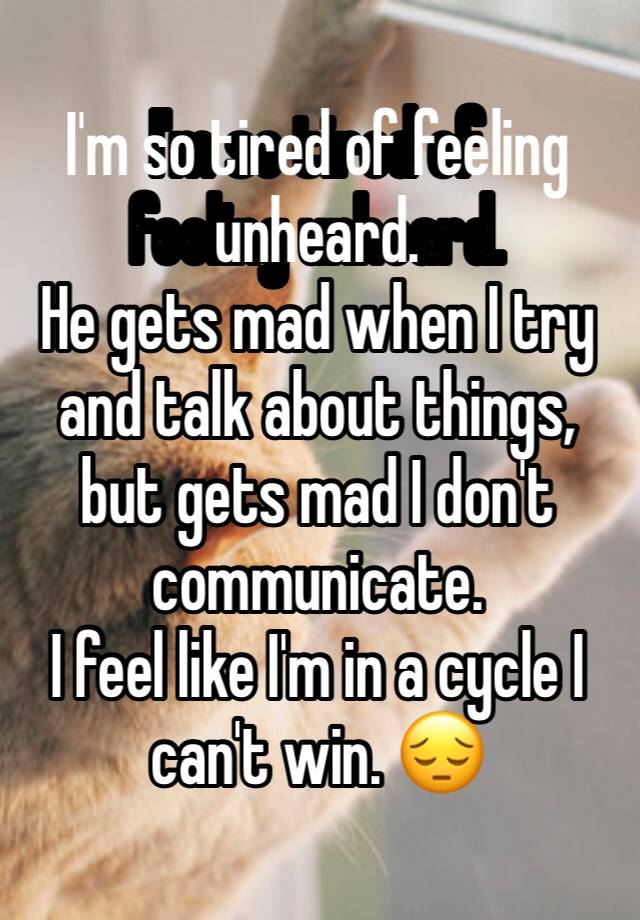

Extended Metaphors (aka Sustained Metaphors).Common Metaphors (aka Direct Metaphors, Primary Metaphors, or Conventional Metaphors).What are The Different Types of Metaphors?

On the other hand, “your suitcase weighs a ton” is hyperbole (not a metaphor). An example would be, “cry me a river.” Obviously, no one can possibly shed that many tears. If a metaphor is clearly an exaggeration, it can be described as a hyperbolic metaphor. But here are the facts: Hyperbole always uses exaggeration, whereas metaphors sometimes do. I was quaking from head to foot, and could have hung my hat on my eyes, they stuck out so far.” - from “Old Times on the Mississippi” by Mark Twainĭifference Between Hyperbole and Metaphors: There is a gray area between the two and it’s often debated. It’s most commonly used for emphasis, humor, or drama.Įxample of Hyperbole: “I was helpless.

Hyperbole Definition: Hyperbole is an exaggeration that is not intended to be taken literally. Rowlingĭifference Between Analogies and Metaphors: While a metaphor uses a word or phrase to represent an idea, an analogy uses narrative or comparisons to explain the idea. While a simile compares two different things, an analogy explains the similarities or relationships between two different things.Įxample of Analogy: “Longbottom, if brains were gold, you’d be poorer than Weasley, and that’s saying something.” - from ‘Harry Potter and The Sorcerer’s Stone’ by J.K. That’s how mad he’d be! AnalogiesĪnalogy Definition: An analogy is a turbo-powered simile. But were he a kettle, his lid would be rattling and steam would be coming from his ears. To the latter example: Obviously, he wasn’t boiling, or he’d be dead. Where a metaphor states that something is something else, a simile compares two different things by using “like” or “as.”Įxample of Simile: “ Elderly American ladies leaning on their canes listed toward me like towers of Pisa.” - from ‘Lolita’ by Vladimir Nabokovĭifference Between Similes and Metaphors: A simile directly compares two things using “like” or “as” (“ he was mad as hell”), while a metaphor implicitly states a comparison, without intending it to be taken literally (“ he was boiling mad”). Simile Definition: A simile is the metaphor’s first cousin. There are several other figures of speech that use figurative language, including similes, analogies, metonymy, and hyperbole - which are often confused with metaphors.īack to Top What’s the Difference Between Metaphors and Similes, Analogies, or Hyperbole? Similes It’s a technique often found in metaphors. This type of figurative language is known as “personification,” which uses human qualities (stroking) to better illustrate a non-human action or thing (the sunshine). The figurative language makes it more vibrant than something like, “the first rays of sunshine woke me up.” We all know sunshine can’t literally stroke your face, but we can all relate to the sensation.

“The first rays of sunshine gently stroked my face.” It allows you to paint vivid pictures, punch home your meaning, and be more persuasive as a writer.Ī metaphor is one of several figure-of-speech devices that uses figurative language. Figurative language is a technique that supercharges your reader’s imagination by taking a flat (or factual) statement and injecting it with life, color, or humor to make it more interesting.


 0 kommentar(er)
0 kommentar(er)
